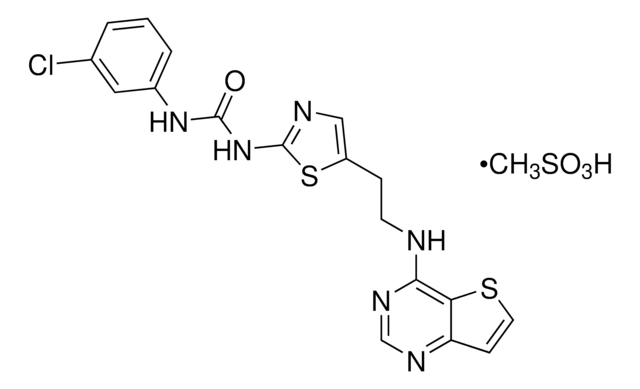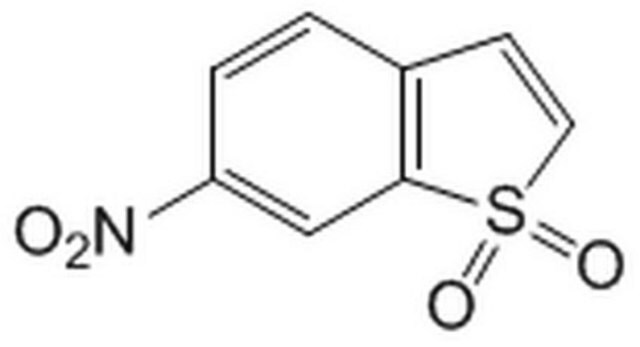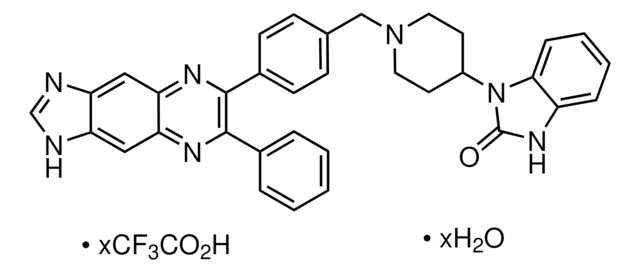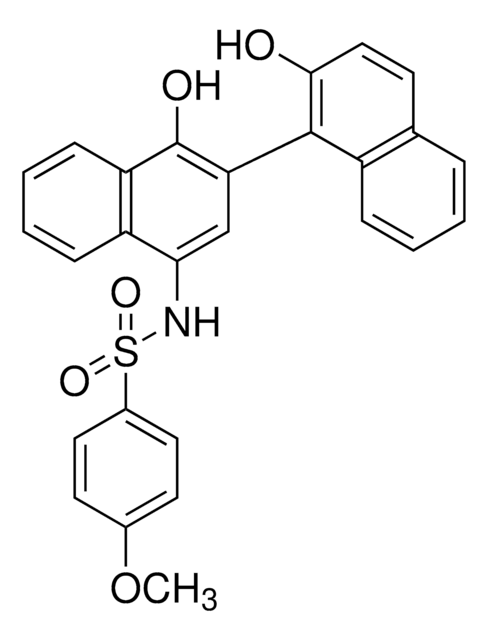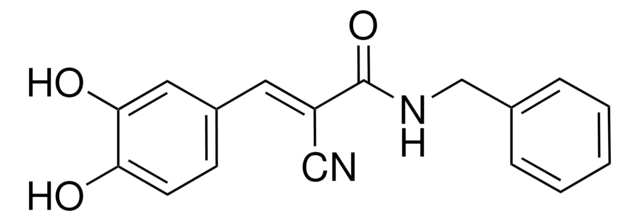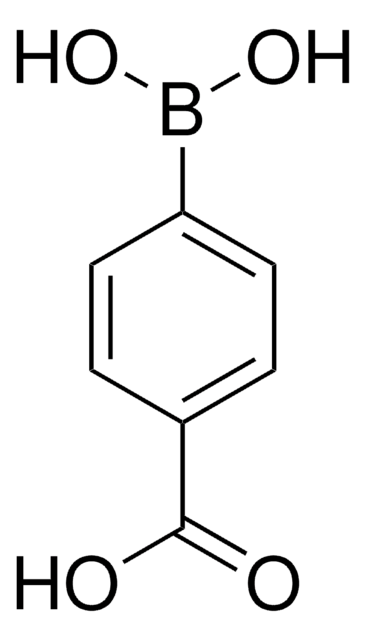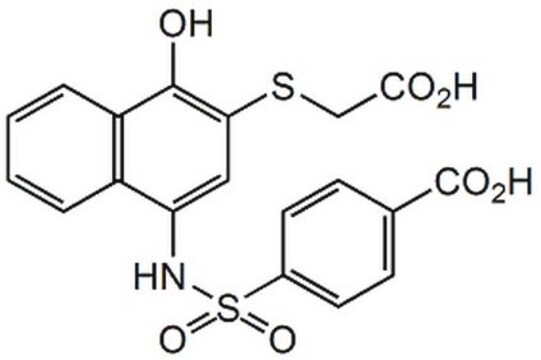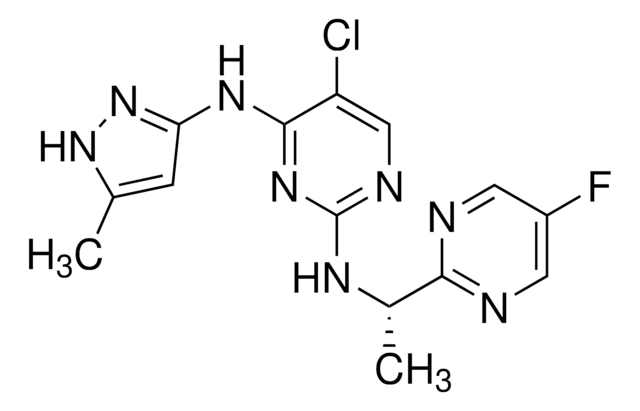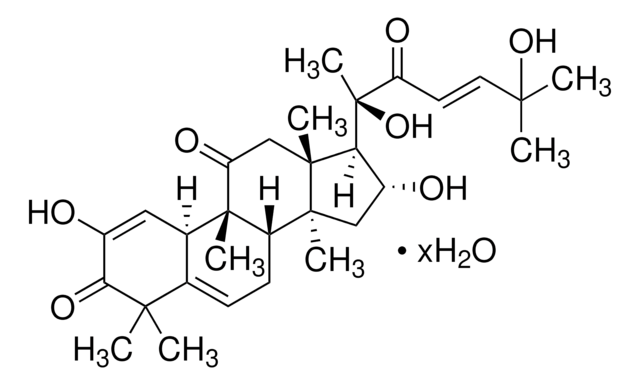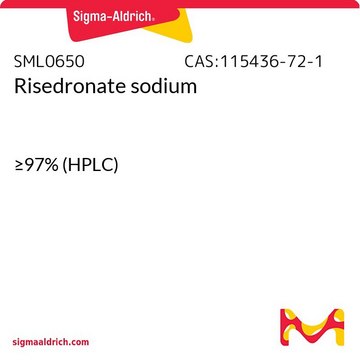SML0330
S3I-201
≥97% (HPLC)
Synonyme(s) :
2-Hydroxy-4-[[[[(4-methylphenyl)sulfonyl]oxy]acetyl]amino]-benzoic acid, NSC 74859
About This Item
Produits recommandés
Niveau de qualité
Essai
≥97% (HPLC)
Forme
powder
Couleur
white to beige
Solubilité
DMSO: >10 mg/mL
Température de stockage
−20°C
Chaîne SMILES
Cc1ccc(cc1)S(=O)(=O)OCC(=O)Nc2ccc(C(O)=O)c(O)c2
InChI
1S/C16H15NO7S/c1-10-2-5-12(6-3-10)25(22,23)24-9-15(19)17-11-4-7-13(16(20)21)14(18)8-11/h2-8,18H,9H2,1H3,(H,17,19)(H,20,21)
Clé InChI
HWNUSGNZBAISFM-UHFFFAOYSA-N
Application
- to confirm the role of STAT3 phosphorylation in interleukin (IL)-33 production in lung epithelial cells and IL-22 mRNA expression in sorted group 3 innate lymphoid cells (ILC3s)
- to study the cellular response of STAT3 triggered by β-hexaclorocyclohexane (β-HCH) in various cell lines
- to examine the influence of STAT3 in response to angiotensin II (ang II) on induction of fibrotic proteins in kidney epithelial cells
Actions biochimiques/physiologiques
Code de la classe de stockage
11 - Combustible Solids
Classe de danger pour l'eau (WGK)
WGK 3
Point d'éclair (°F)
Not applicable
Point d'éclair (°C)
Not applicable
Faites votre choix parmi les versions les plus récentes :
Déjà en possession de ce produit ?
Retrouvez la documentation relative aux produits que vous avez récemment achetés dans la Bibliothèque de documents.
Les clients ont également consulté
Notre équipe de scientifiques dispose d'une expérience dans tous les secteurs de la recherche, notamment en sciences de la vie, science des matériaux, synthèse chimique, chromatographie, analyse et dans de nombreux autres domaines..
Contacter notre Service technique
